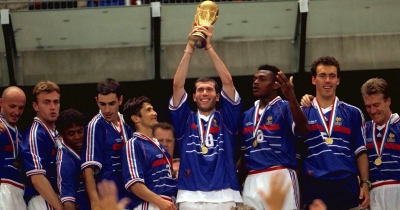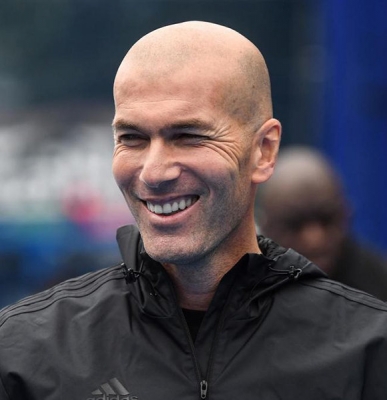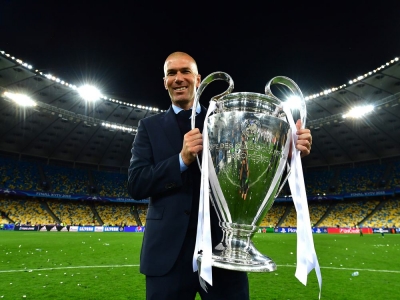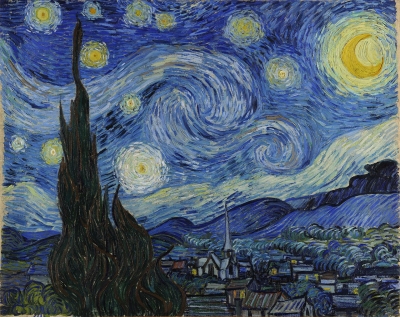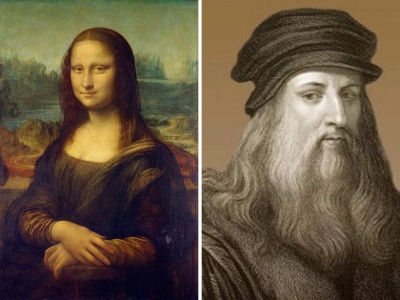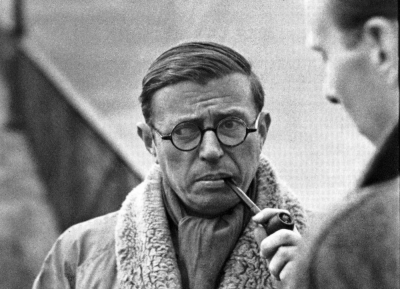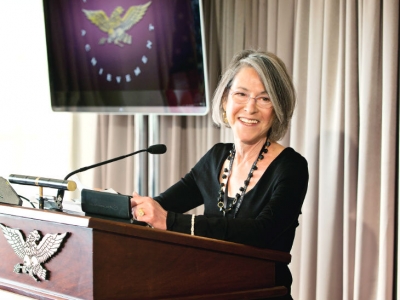
France playmaker Zinedine Zidane won the adidas Golden Ball voted for by journalists at the 2006 FIFA World Cup Germany™.
Although his team ultimately failed in their bid to lift the Trophy, Les Bleus’ No.10 won the vote for the best player to grace the world stage in Germany. Behind ‘Zizou’ came Italy’s defensive rock Fabio Cannavaro, with the Juventus defender’s Azzurri team-mate Andrea Pirlo completing the podium.
In the Final against Italy, he opened the scoring with an audacious spot-kick. Despite his tireless prompting, however, Zidane was unable to pick up the second FIFA World Cup winner’s medal of a glittering career and was sent from the field in extra time for butting Marco Materazzi in the chest.
The Golden Ball award is presented to the best player at each FIFA World Cup finals, with a shortlist drawn up by the FIFA technical committee and the winner voted for by representatives of the media. Those who finish as runners-up in the vote receive the Silver Ball and Bronze Ball awards as the second and third most outstanding players in the tournament respectively. The current award was introduced in the 1982 FIFA World Cup, sponsored by Adidas and France Football, though fifa.com also lists in their player articles as “golden ball winners” Kempes, Cruyff, Pelé, Bobby Charlton, Garrincha and Didi for 1978, 1974, 1970, 1966, 1962 and 1958 respectively. Barcelona is the only club whose players have won the Golden Ball a record 3 times (Johan Cruyff in 1974, Romário in 1994, Lionel Messi in 2014).
Picture Credit : Google


